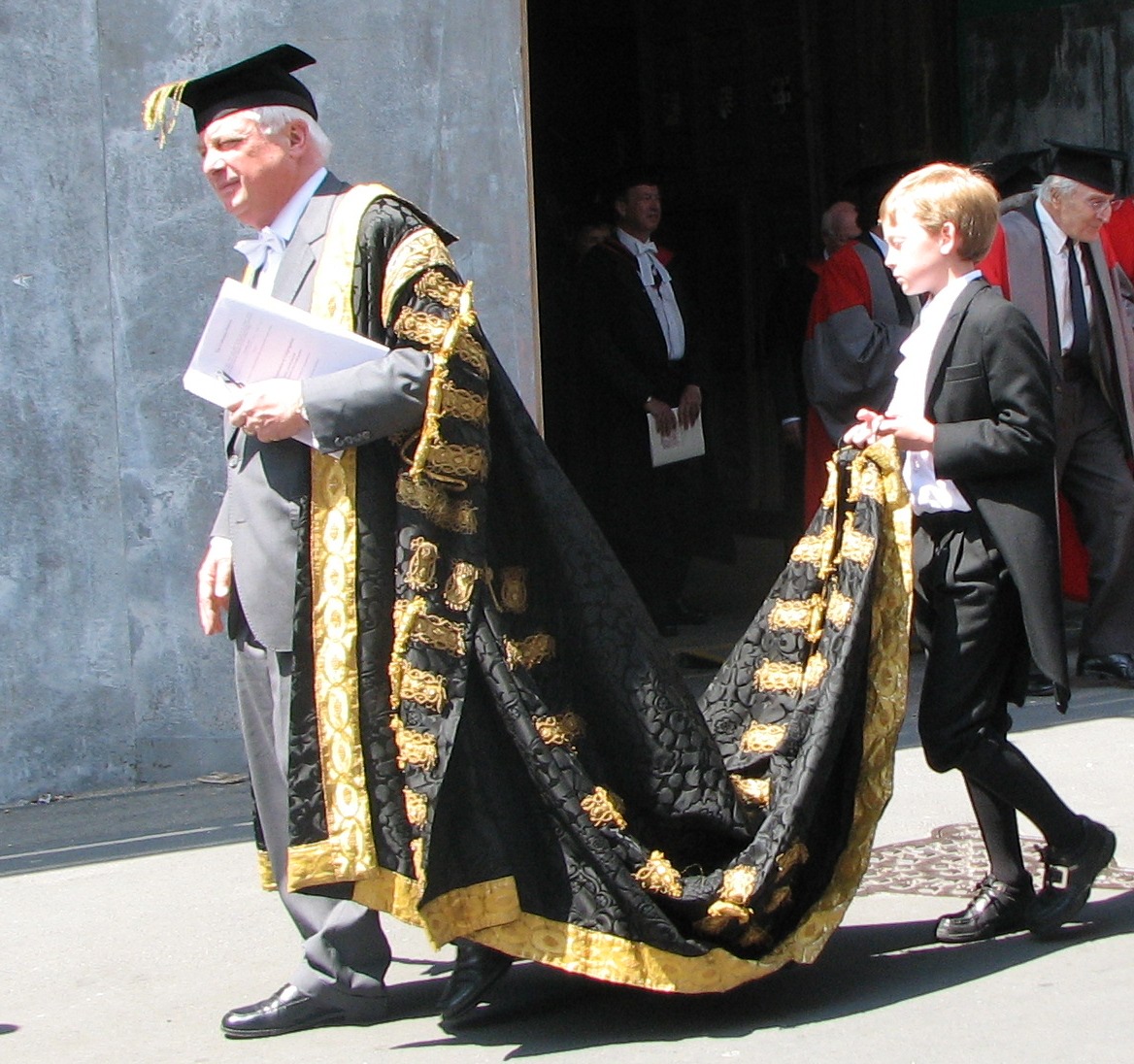|
Page Boy (other) .
{{disambiguation ...
Page boy or pageboy may refer to: *Page (servant), a young male servant, especially in medieval times. *Page boy (wedding attendant) (also ''ringbearer'' or ''coinbearer''), a young male attendant at a wedding. *Pageboy, a hairstyle. * Motorola Pageboy, the second pager ever produced by Motorola with individual-unit addressing. **Motorola Pageboy II Motorola Pageboy II was a pager and the successor to the Motorola Pageboy. General The Motorola pager was a small radio receiver that delivered a message individually or widespread to those carrying the device. The first successful consumer pag ... [...More Info...] [...Related Items...] OR: [Wikipedia] [Google] [Baidu] |
Page (servant)
A page or page boy is traditionally a young male attendant or servant, but may also have been a messenger in the service of a nobleman. During wedding A wedding is a ceremony where two people are united in marriage. Wedding traditions and customs vary greatly between cultures, ethnic groups, religions, countries, and social classes. Most wedding ceremonies involve an exchange of marriage vo ... ceremonies, a Page boy (wedding_attendant), page boy is often used as a symbolic attendant to carry the rings. Etymology The origin of the term is uncertain, but it may come either from the Latin ''pagus'' (servant), possibly linked to peasant, or an earlier Greek word (''pais'' = child). The medieval page In Middle Ages, medieval times, a page was an attendant to a nobleman, a knight, a governor or a castellan. Until the age of about seven, sons of noble families would receive training in manners and basic literacy from their mothers or other female relatives. Upon reach ... [...More Info...] [...Related Items...] OR: [Wikipedia] [Google] [Baidu] |
Page Boy (wedding Attendant)
A page boy is a young male attendant at a wedding or a cotillion (a social dance). This type of wedding attendant is less common than it used to be, but it is still a way of including young relatives or the children of friends in a wedding. Pages are often seen at British royal weddings, such as the wedding of Prince William and Catherine Middleton in 2011. At cotillions, there may be many pages, for effect. Traditionally, page boys carry the bride's train, especially if the bride is wearing a dress with a long train. Because of the difficulty of managing a train, page boys are generally no younger than age seven, with older boys being preferred for more complicated duties. In a formal wedding, the ring bearer is a special page who carries the wedding rings for the bridal party. This is almost always symbolic, with the ring bearer carrying a wedding ring cushion on which imitation rings are sewn, while the real wedding bands are kept in the safekeeping of the best man A groo ... [...More Info...] [...Related Items...] OR: [Wikipedia] [Google] [Baidu] |
Pageboy
The pageboy or page boy is a past hairstyle named after what was believed to be the haircut of a late medieval page boy. It has straight hair hanging to below the ear, where it usually turns under. There is often a fringe (bangs) in the front. This style was popular in the mid 1970s and 1980s. In popular culture For women In the early 1950s, the New York City hairdresser M. Lewis popularized this style. Singer Toni Tennille of the 1970s pop duet Captain & Tennille wore one as her signature look. In the Oscar-winning film '' One Flew Over the Cuckoo's Nest'', the villainous Nurse Ratched is known for her pageboy. In the ''Buffy the Vampire Slayer'' episode "Gone", Buffy has her hair cut into a pageboy. In the 1960s TV cartoon ''Underdog'', the show's damsel in distress Sweet Polly Purebred (voiced by Norma MacMillan) has this hairstyle as her trademark look. AnnaSophia Robb as Violet Beauregarde and Missi Pyle as Violet's mother Scarlett Beauregarde in Tim Burton's film version o ... [...More Info...] [...Related Items...] OR: [Wikipedia] [Google] [Baidu] |
Motorola Pageboy
Motorola Pageboy was the second pager ever produced by Motorola with individual-unit addressing, after the less known 1955 (not 1956 as believed) Pager called "Handie-Talkie Radio Pocket Pager". The first pager-like system was used in 1921 by the Detroit Police Department. However, the first pager that we would today recognize as such was Motorola's Pageboy I. It was introduced in 1964 by the company and could selectively deliver a radio message to a particular individual. It used a high-band VHF frequency (from 150 to 170 MHz), or a UHF frequency (from 464 to 475 MHz), and they ran on a rechargeable 4.4 Volt mercury or 3.6 Volt nickel-cadmium battery (NiCd). The first implementation of the Pageboy alarm receiver could only give an attention tone, had no display and could not store messages. However, it was portable and notified the wearer that a message had been sent. Later versions of the Pageboy were able to deliver tone & voice. The Motorola Pageboy used to be very popular ... [...More Info...] [...Related Items...] OR: [Wikipedia] [Google] [Baidu] |


_crop.jpg)
